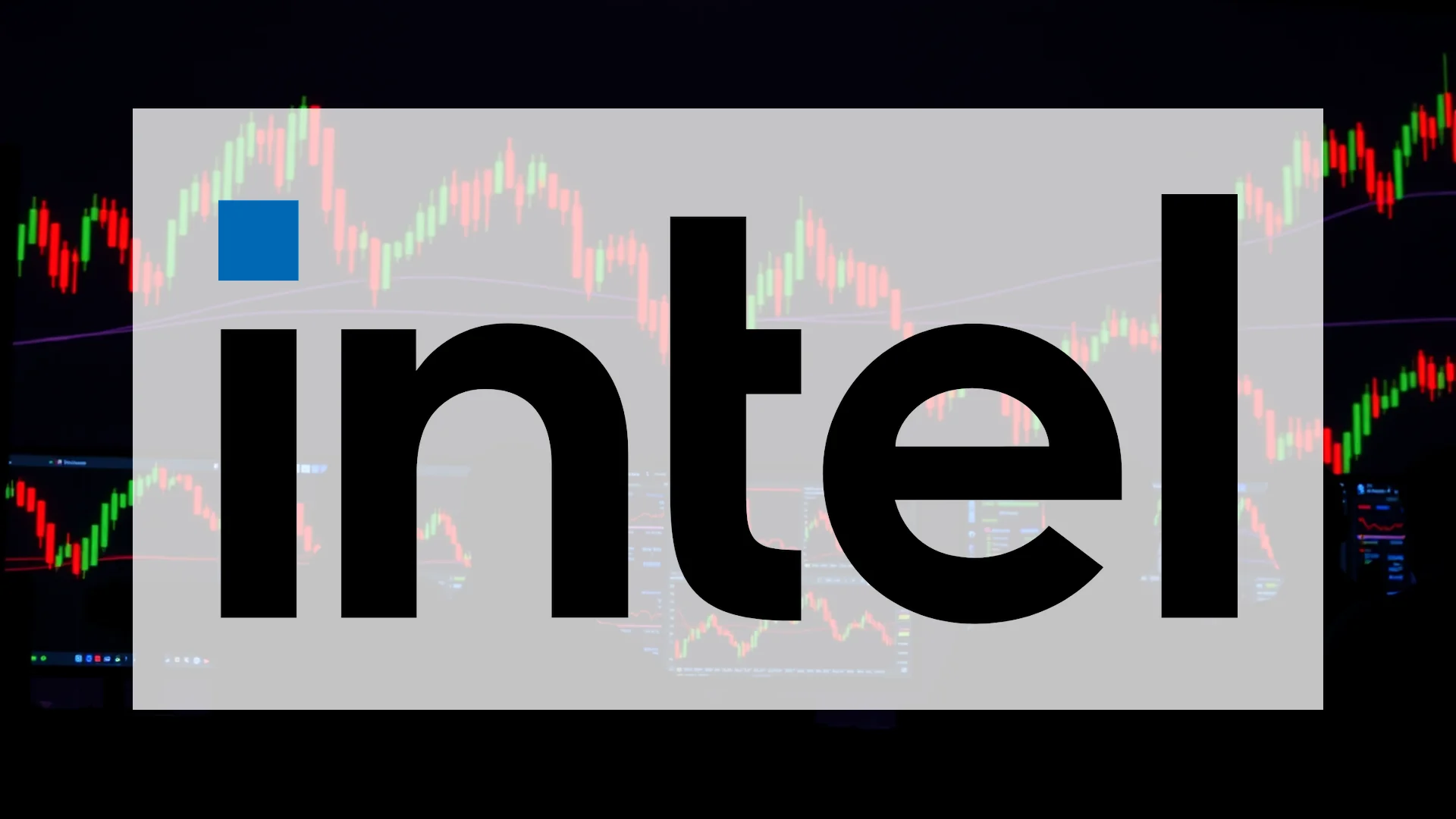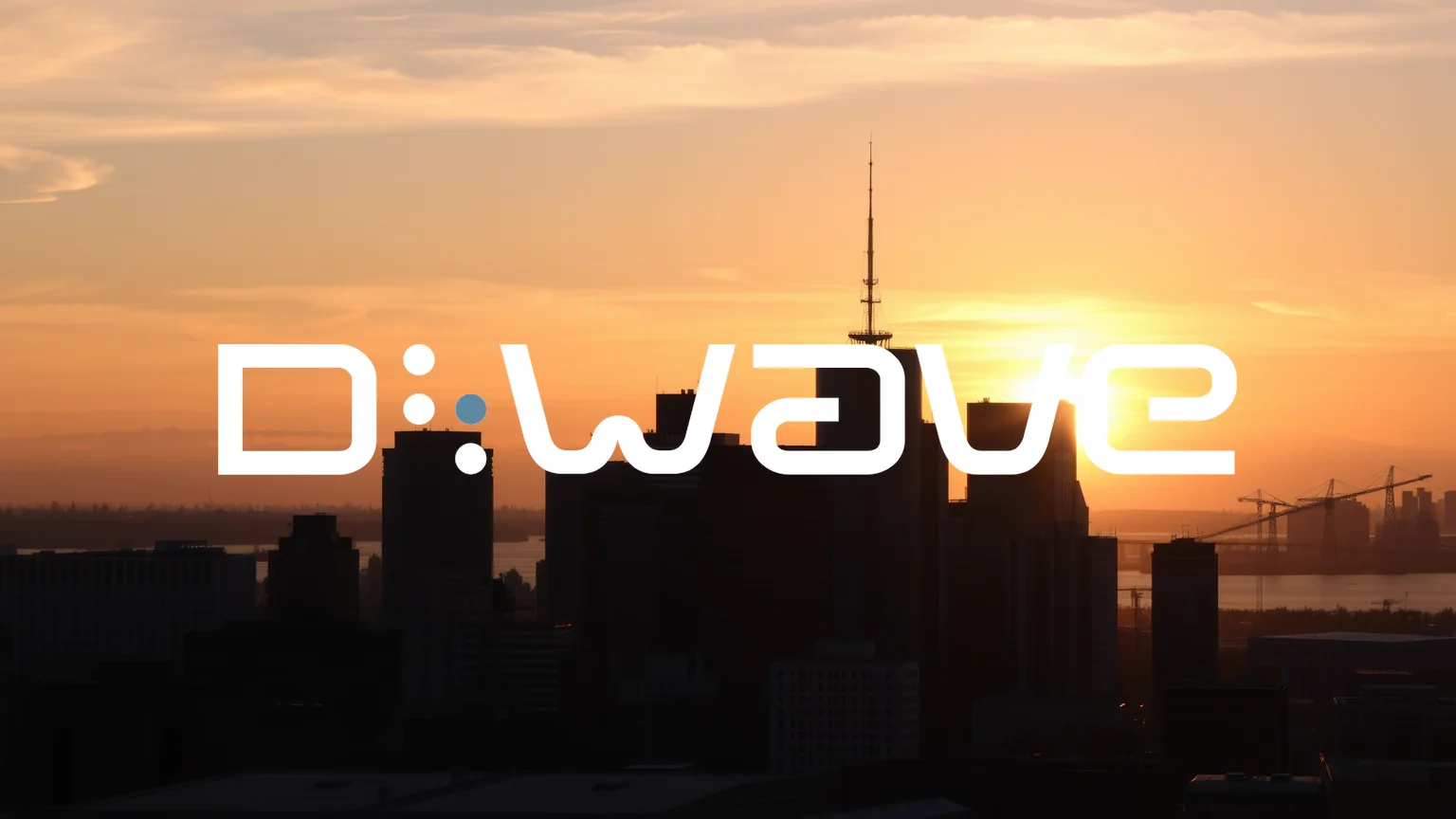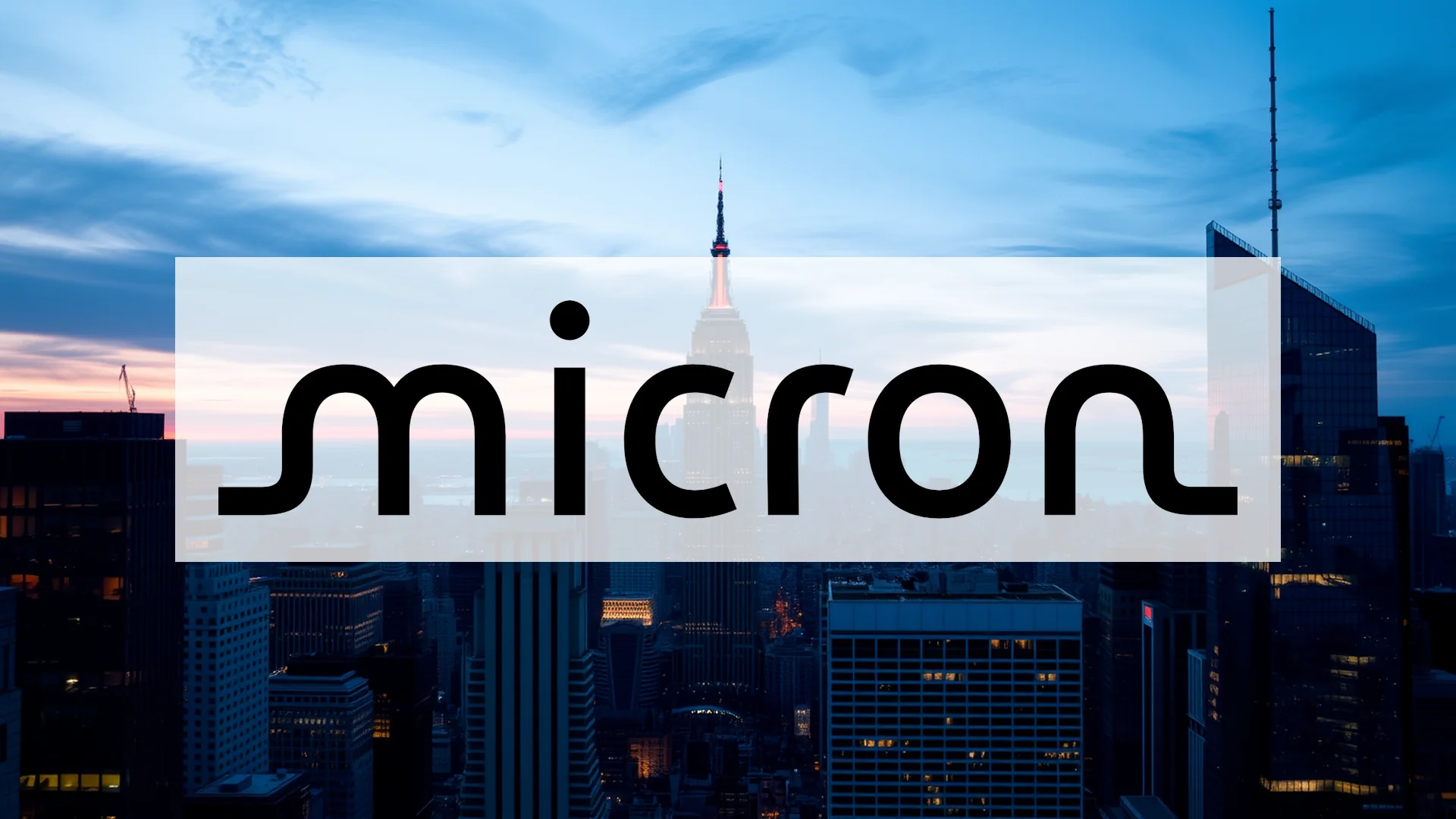Vishay Intertechnology, a global manufacturer of semiconductors and electronic components, is experiencing a severe sell-off despite reporting third-quarter 2025 revenue that surpassed market expectations. The company’s financial update on November 5 failed to reassure investors, triggering a significant downturn in its share price as underlying concerns overshadowed the top-line performance.
Mixed Financial Results Reveal Underlying Weakness
For Q3 2025, Vishay posted revenue of $790.6 million, comfortably exceeding the analyst consensus range of $778.2 million to $779.81 million. This represented a solid 7.5% year-over-year increase and a 4% sequential improvement from the previous quarter.
However, a deeper examination reveals troubling figures. The company reported a GAAP net loss of $0.06 per share, with adjusted earnings per share reaching a meager $0.04. Compounding these profitability challenges, the gross margin contracted to 19.5%, of which approximately 150 basis points were attributed to the Newport acquisition.
Market Reaction and Technical Breakdown
Investors delivered a harsh verdict following the earnings release. On November 5, Vishay’s stock plummeted 4.8% during the trading session, with intraday declines reaching as deep as 6%. By market close, the shares had settled at $16.10, registering a substantial 7.55% single-day drop that clearly punished the company despite its revenue beat.
From a technical perspective, the security breached its 200-day moving average of $15.67, descending to a low of $14.80. The stock has demonstrated notable weakness over the past month, while its twelve-month total return now stands at negative 16.5%.
Should investors sell immediately? Or is it worth buying Vishay Intertechnology?
Strategic Positioning and Forward Guidance
Looking ahead to the fourth quarter of 2025, management has provided revenue guidance between $770 million and $810 million, with an anticipated gross margin of approximately 19.5%. The company is focusing its growth strategy on several key sectors:
- Smart grid infrastructure development
- Power requirements driven by artificial intelligence
- Automotive industry applications
- Aerospace and defense markets
Vishay is implementing a three-year capacity expansion plan designed to capitalize on market cycles within these segments. Simultaneously, the company is strengthening its collaborative efforts with automotive manufacturers and their supply chain partners.
Institutional Activity and Analyst Sentiment
While retail investors express concern, institutional players are actively repositioning their stakes in Vishay. Atria Investments Inc. substantially increased its holdings during the second quarter by 21.0%, accumulating 25,478 shares valued at approximately $405,000. Other significant institutional movements include:
- Larson Financial Group LLC: Implemented a massive 27,083.3% increase in exposure during Q1
- CWM LLC: Boosted its position by 76.0% in the first quarter
- AlphaQuest LLC: Expanded its stake by 135.6% during Q2
- Campbell & CO Investment Adviser LLC: Established a new position comprising 223,337 shares
Despite this institutional interest, analyst consensus remains cautious, predominantly recommending “Reduce” or “Hold” positions with price targets ranging between $19.00 and $20.50. Adding to the negative sentiment, S&P Global Ratings downgraded Vishay’s credit rating from ‘BB+’ to ‘BB’, citing concerns over weak cash flow generation and escalating debt levels.
Ad
Vishay Intertechnology Stock: Buy or Sell?! New Vishay Intertechnology Analysis from November 11 delivers the answer:
The latest Vishay Intertechnology figures speak for themselves: Urgent action needed for Vishay Intertechnology investors. Is it worth buying or should you sell? Find out what to do now in the current free analysis from November 11.
Vishay Intertechnology: Buy or sell? Read more here...









